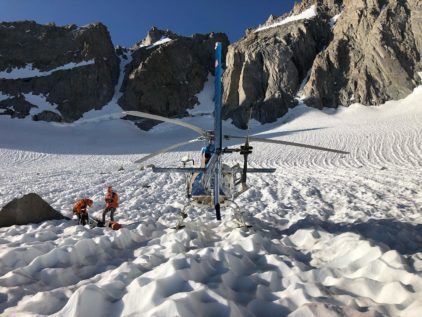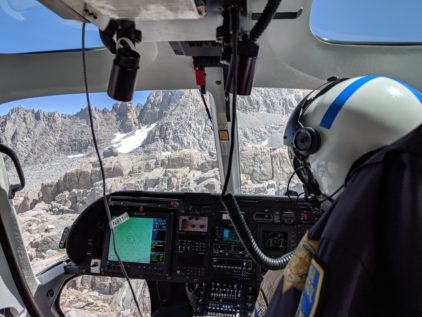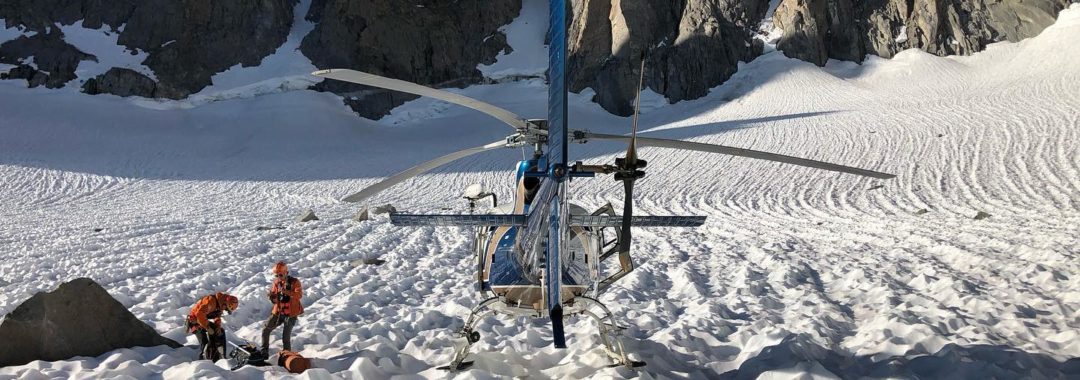On August 23, 2019, a party of four climbers were attempting to ascend Mt. Sill in the Palisade Range of California’s Sierra Nevada via an unknown route (possibly the North Couloir). The climbers got off-route on the upper section of the climb and were descending a short distance to reassess when a large block fell from above, striking one of the climbers, a 54-year-old male, in the head and causing a tumbling fall of approximately 1,000 feet onto the upper section of the Palisade Glacier. The remaining members of the party down-climbed onto the glacier to confirm that their partner was deceased, then called for help via satellite messenger and spent the night on the moraine below the glacier. The deceased climber was extracted from the glacier on August 24 by California Highway Patrol Inland Air Division Helicopter H-80 and two Inyo County Search and Rescue members.


Analysis
Loose rock is common throughout the entire Sierra Nevada but especially in the Palisade Range. Natural rockfall is common during the day as temperatures rise, as well as during high wind events. Sometimes rockfall can be heard before it reaches climbers, but in other instances it occurs without warning. Helmets should be worn while climbing alpine rock routes, especially on long routes where exposure time is increased. All party members should familiarize themselves with their intended objective by studying topographical maps, guidebooks, images, or other resources, as being off-route can increase the chances of encountering loose rock. Climbers who hear or see rockfall should immediately yell, “rock, rock, rock!” to warn others in the vicinity. In the case of this accident, the rockfall appears to have been natural and unrelated to wind, and the impact caused a long and fatal fall. We have no information to suggest that the climbers could have predicted or avoided this event, highlighting the objective risks of technical travel in the Palisade Range.
